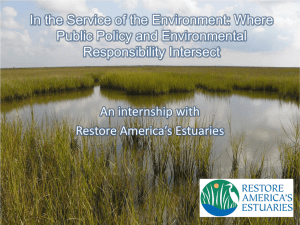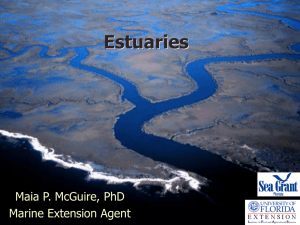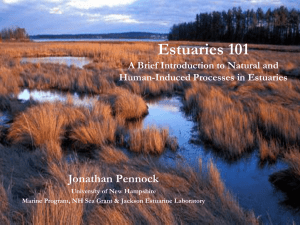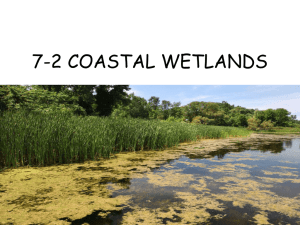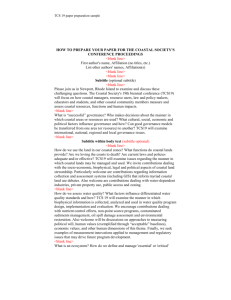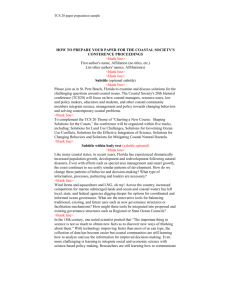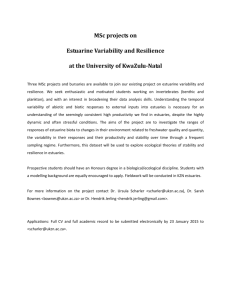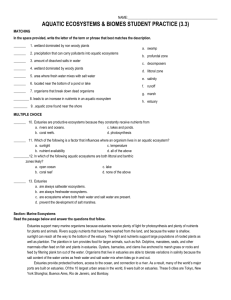Case Studies on the Gulf Coast
advertisement
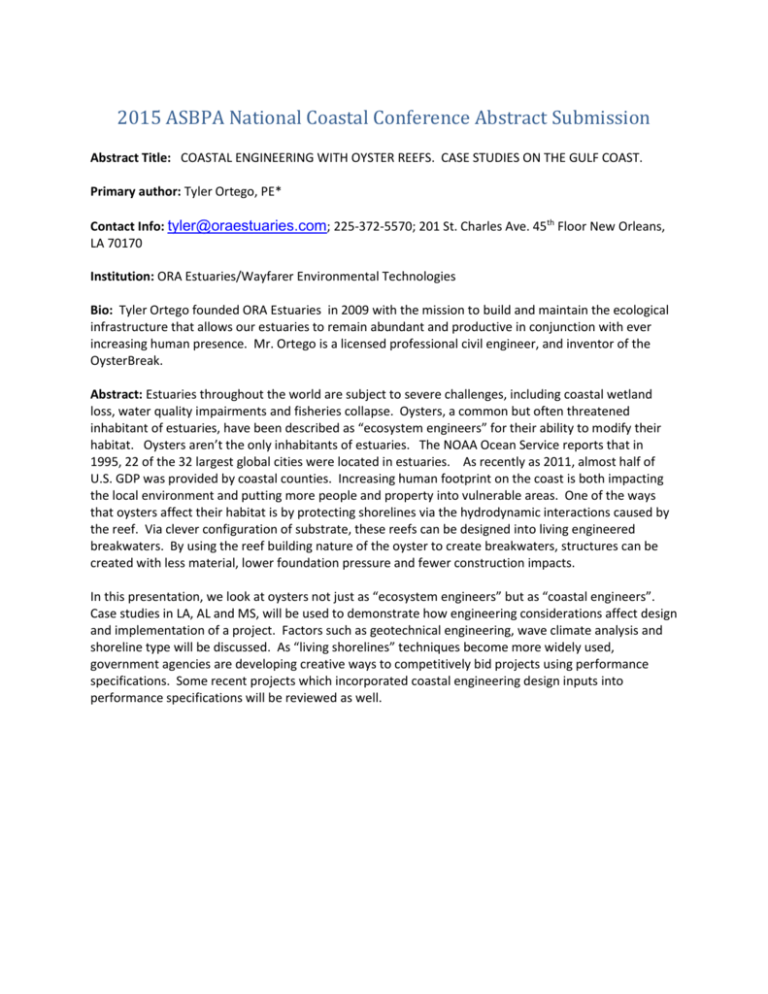
2015 ASBPA National Coastal Conference Abstract Submission Abstract Title: COASTAL ENGINEERING WITH OYSTER REEFS. CASE STUDIES ON THE GULF COAST. Primary author: Tyler Ortego, PE* Contact Info: tyler@oraestuaries.com; 225-372-5570; 201 St. Charles Ave. 45th Floor New Orleans, LA 70170 Institution: ORA Estuaries/Wayfarer Environmental Technologies Bio: Tyler Ortego founded ORA Estuaries in 2009 with the mission to build and maintain the ecological infrastructure that allows our estuaries to remain abundant and productive in conjunction with ever increasing human presence. Mr. Ortego is a licensed professional civil engineer, and inventor of the OysterBreak. Abstract: Estuaries throughout the world are subject to severe challenges, including coastal wetland loss, water quality impairments and fisheries collapse. Oysters, a common but often threatened inhabitant of estuaries, have been described as “ecosystem engineers” for their ability to modify their habitat. Oysters aren’t the only inhabitants of estuaries. The NOAA Ocean Service reports that in 1995, 22 of the 32 largest global cities were located in estuaries. As recently as 2011, almost half of U.S. GDP was provided by coastal counties. Increasing human footprint on the coast is both impacting the local environment and putting more people and property into vulnerable areas. One of the ways that oysters affect their habitat is by protecting shorelines via the hydrodynamic interactions caused by the reef. Via clever configuration of substrate, these reefs can be designed into living engineered breakwaters. By using the reef building nature of the oyster to create breakwaters, structures can be created with less material, lower foundation pressure and fewer construction impacts. In this presentation, we look at oysters not just as “ecosystem engineers” but as “coastal engineers”. Case studies in LA, AL and MS, will be used to demonstrate how engineering considerations affect design and implementation of a project. Factors such as geotechnical engineering, wave climate analysis and shoreline type will be discussed. As “living shorelines” techniques become more widely used, government agencies are developing creative ways to competitively bid projects using performance specifications. Some recent projects which incorporated coastal engineering design inputs into performance specifications will be reviewed as well.
